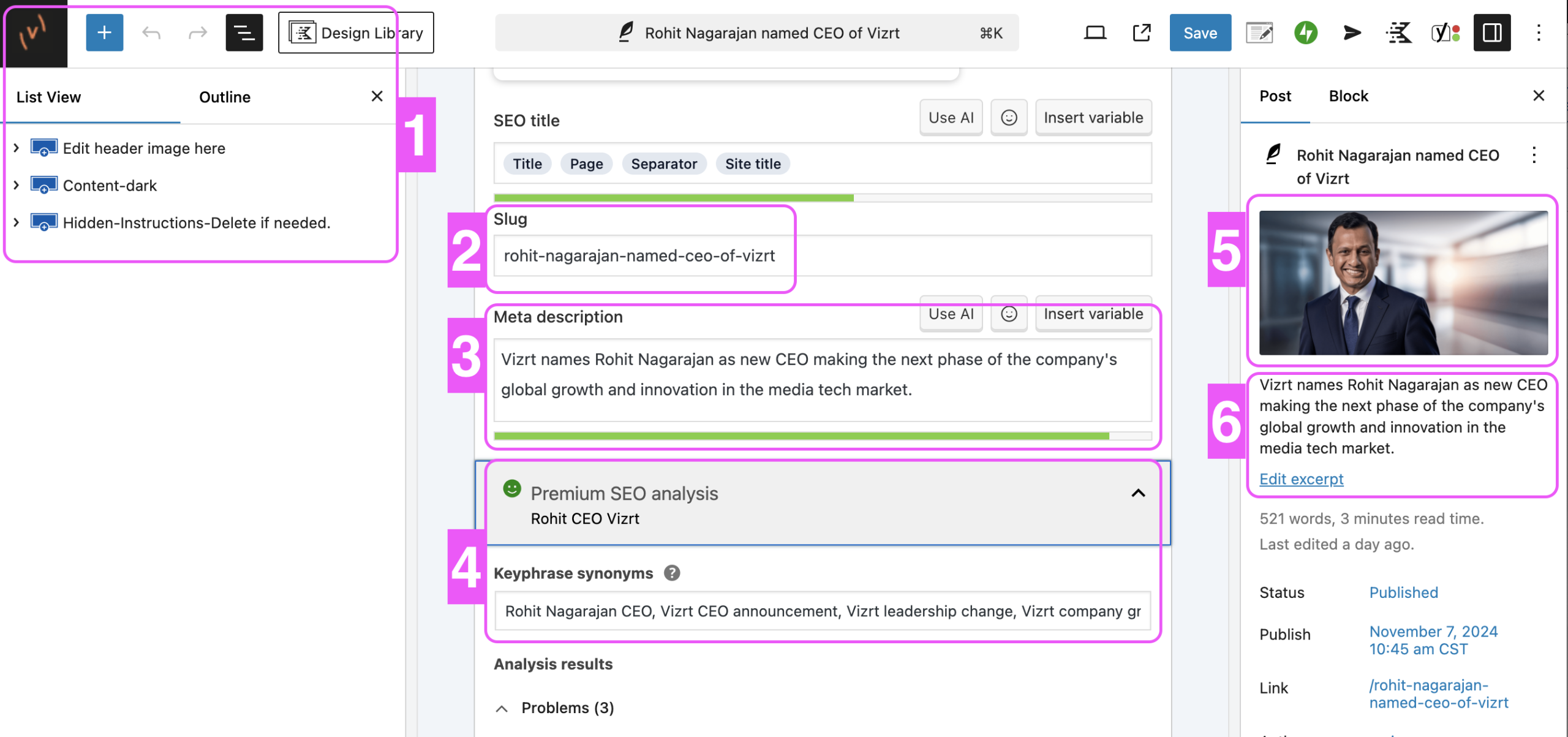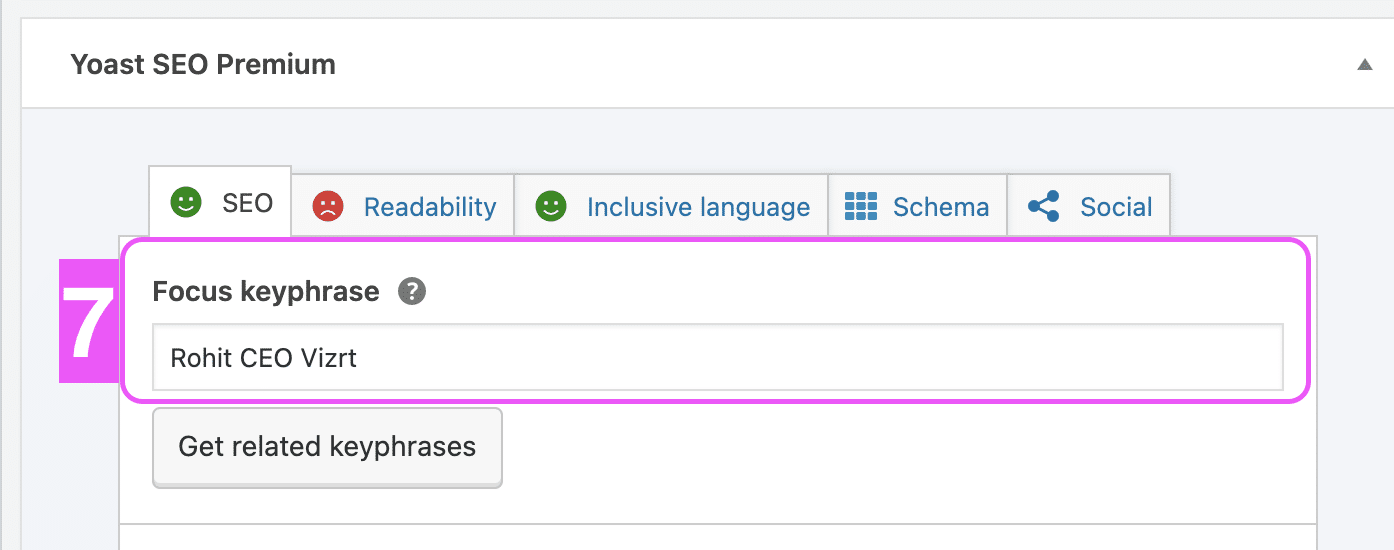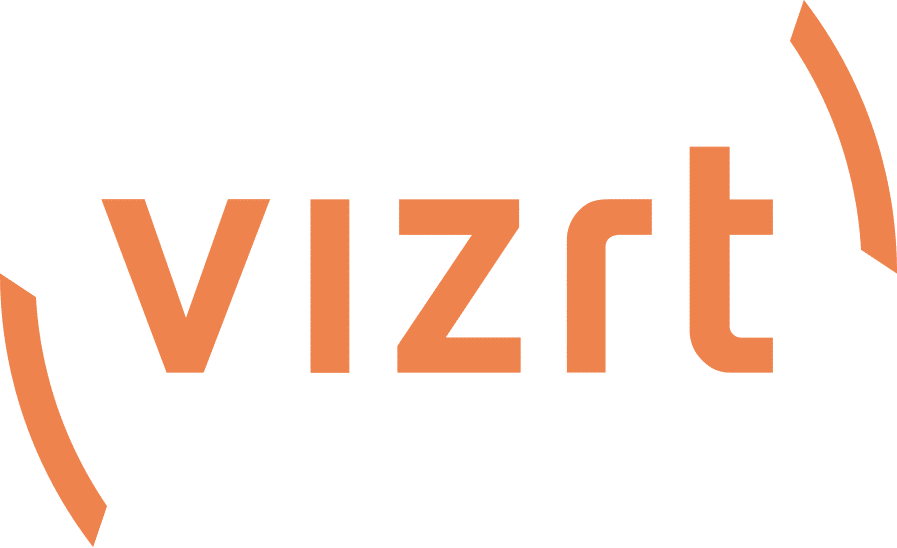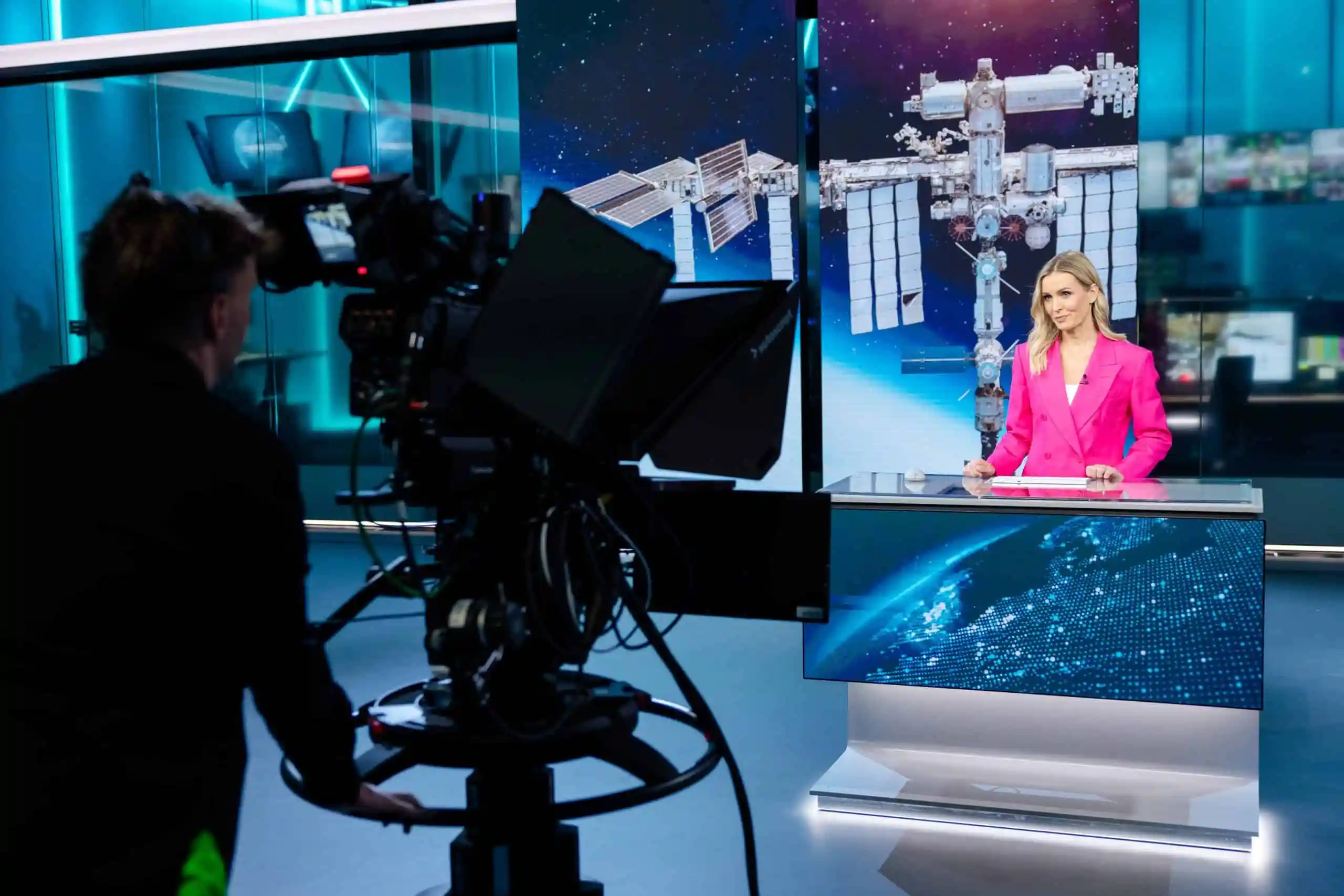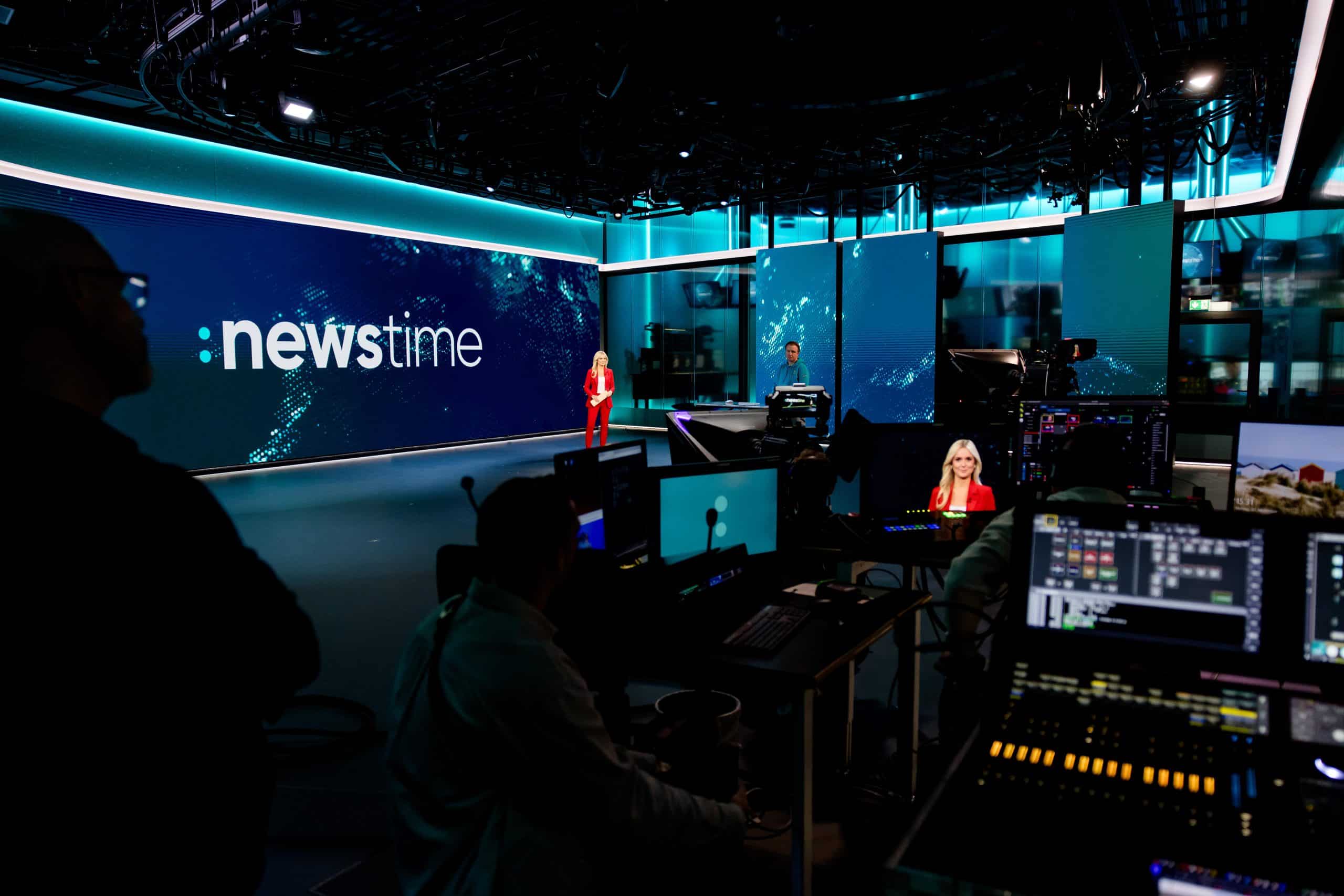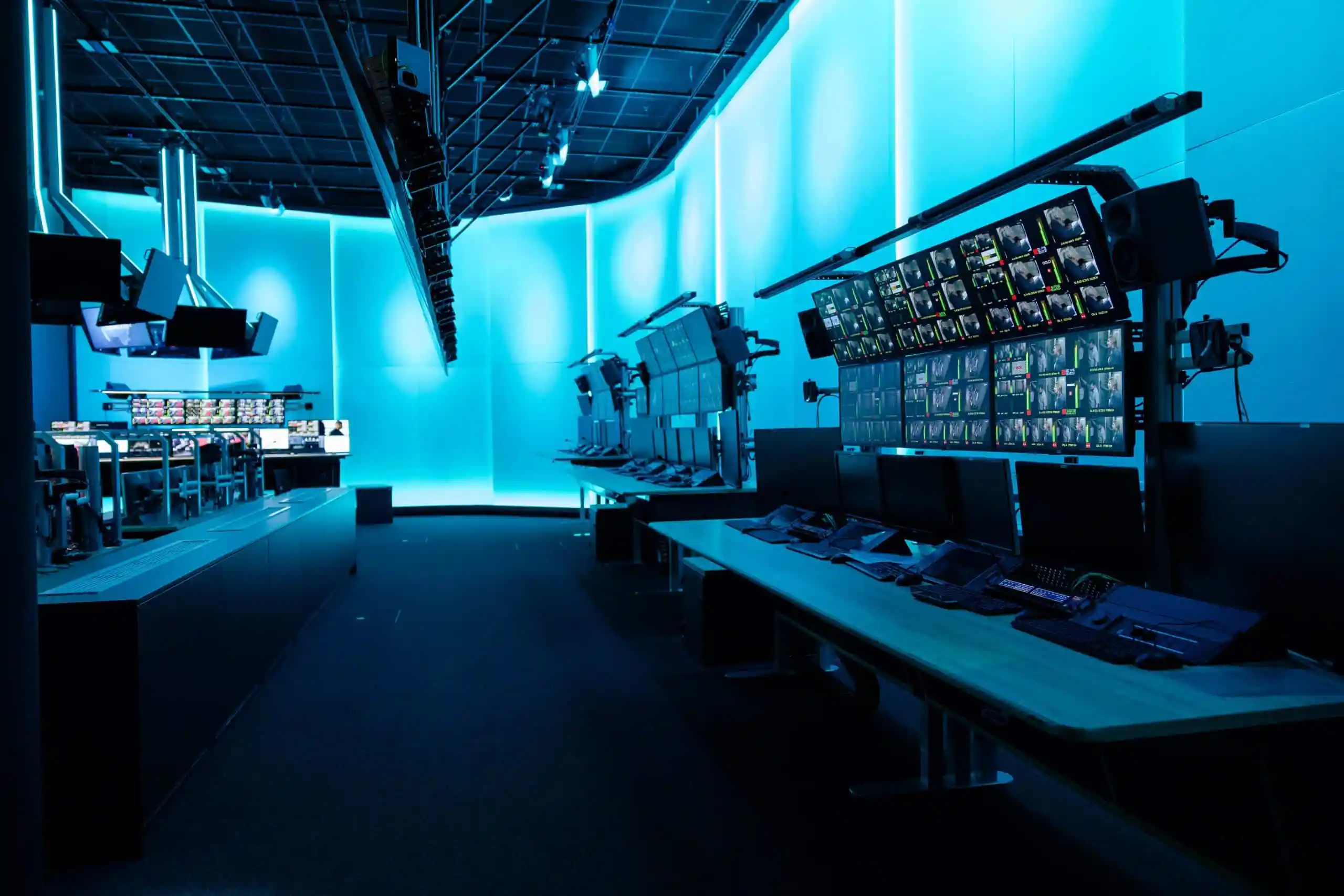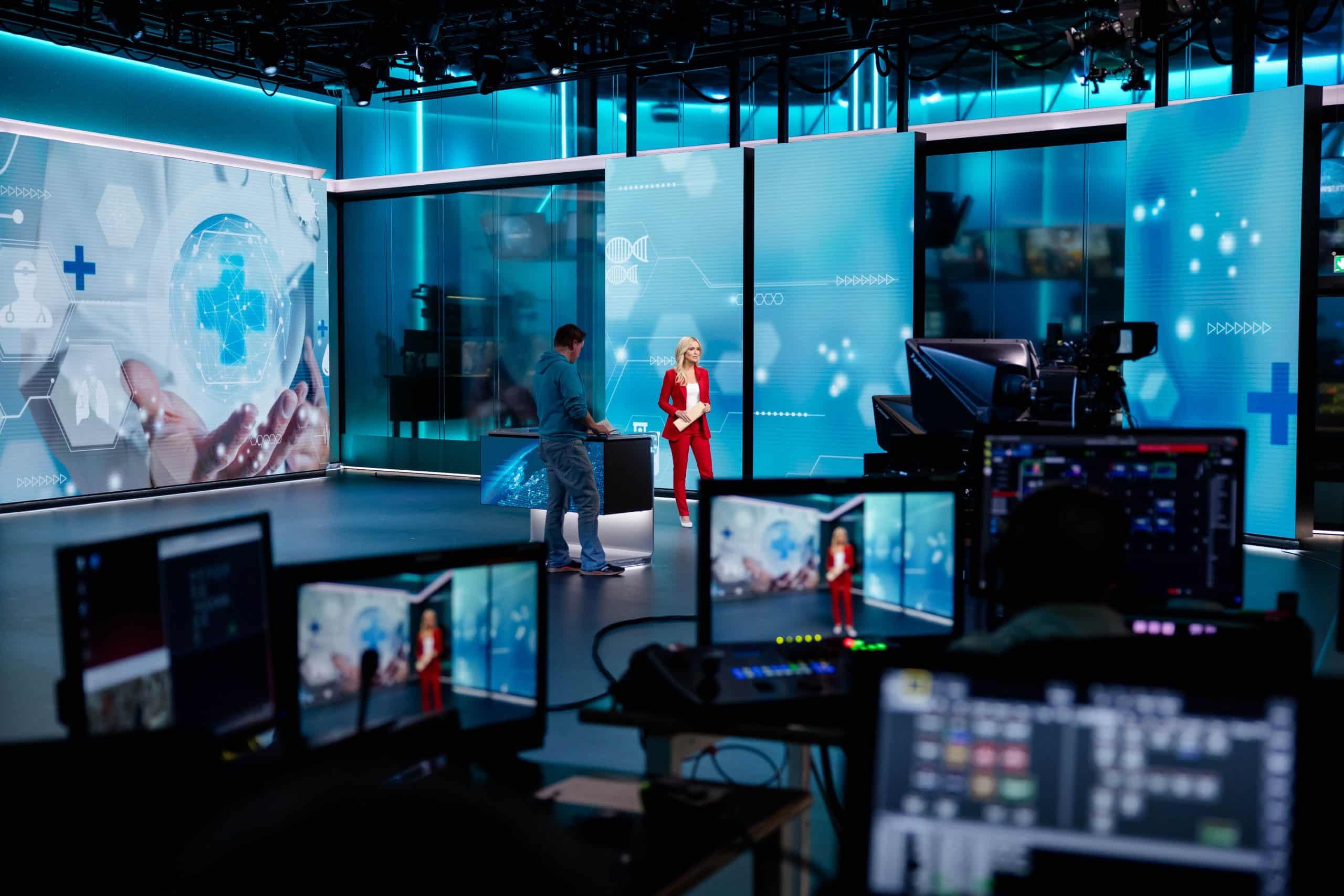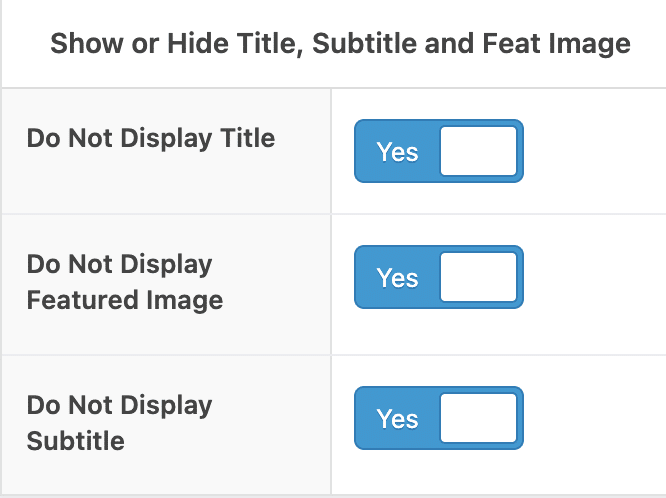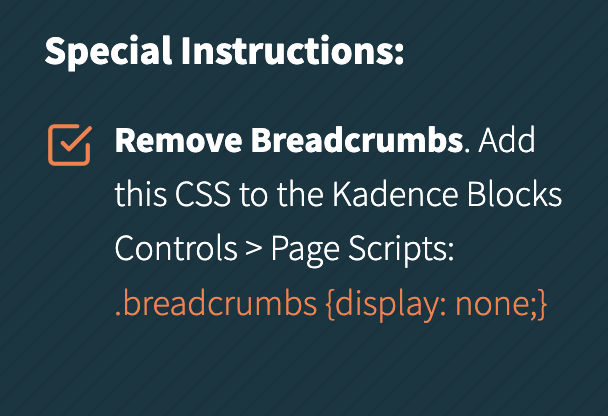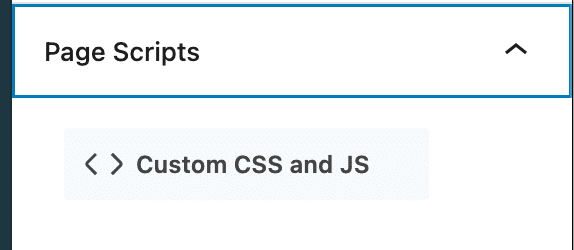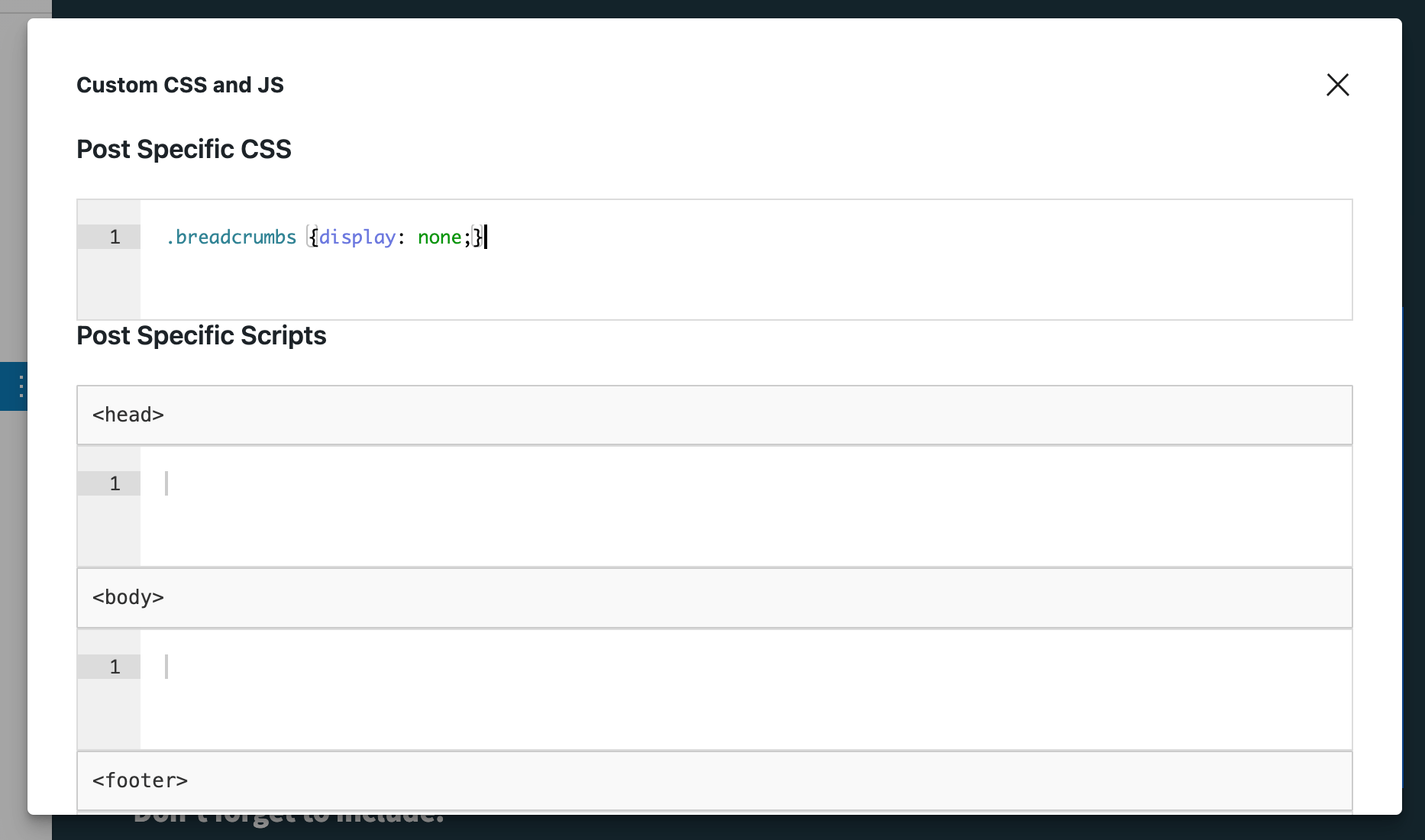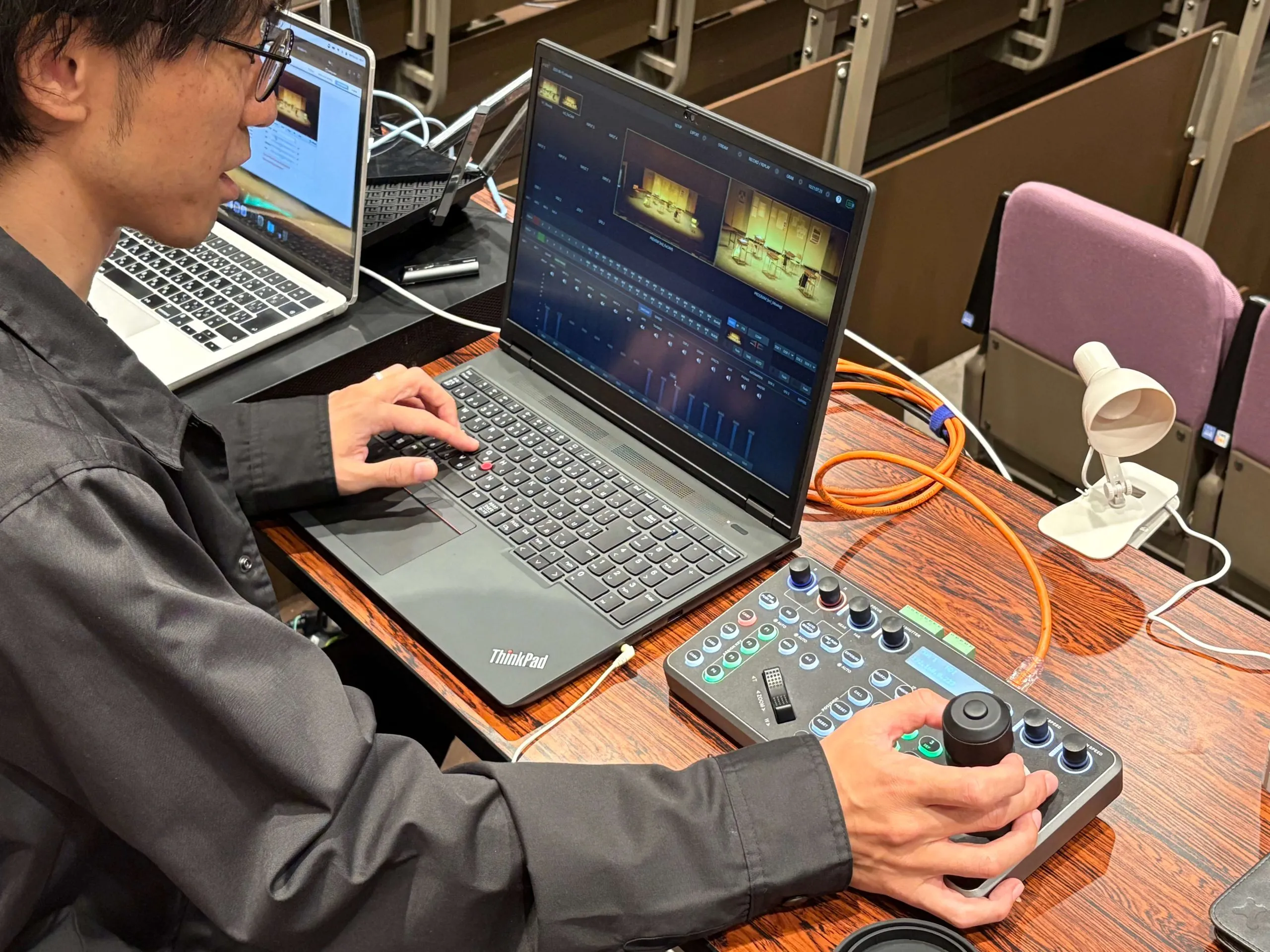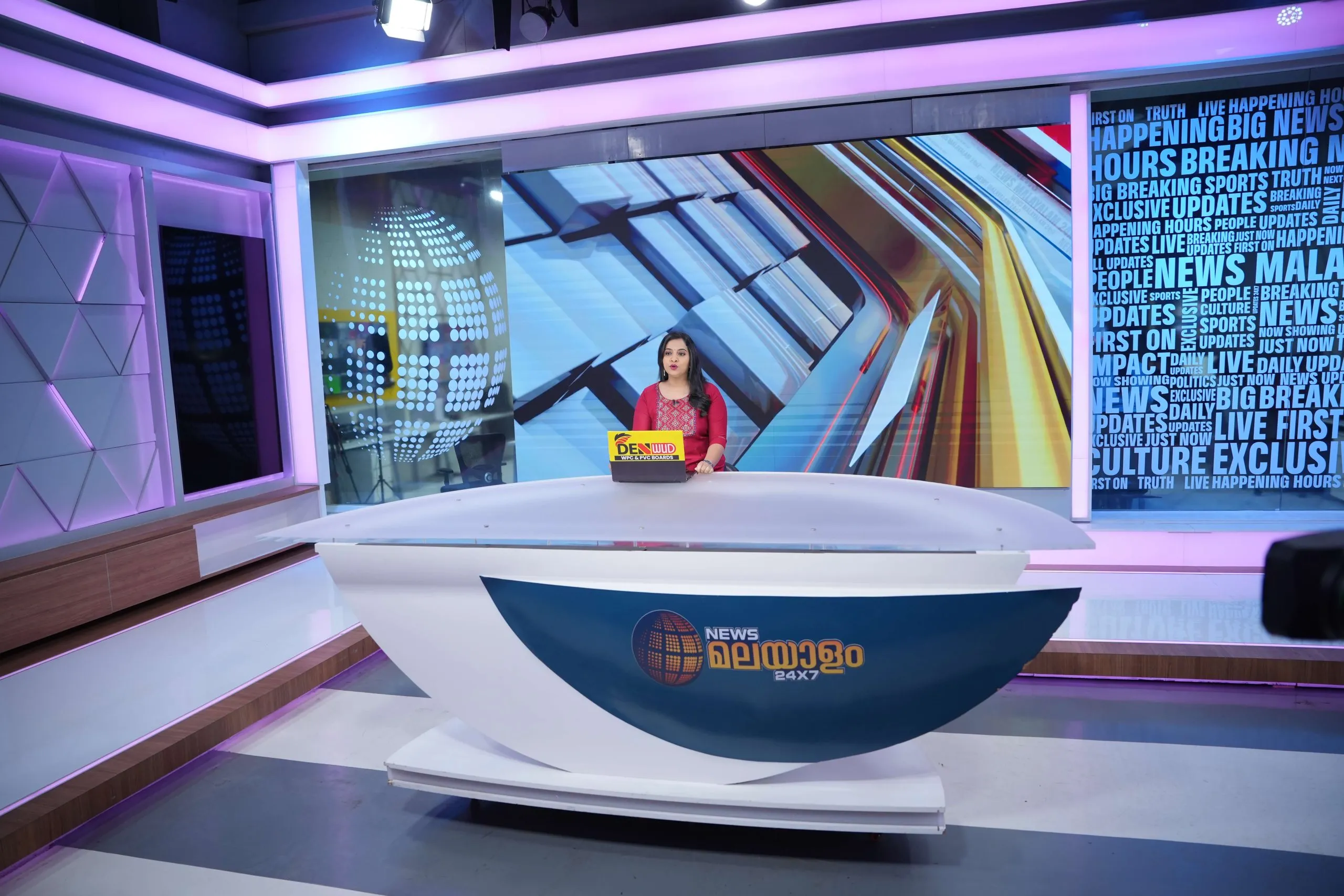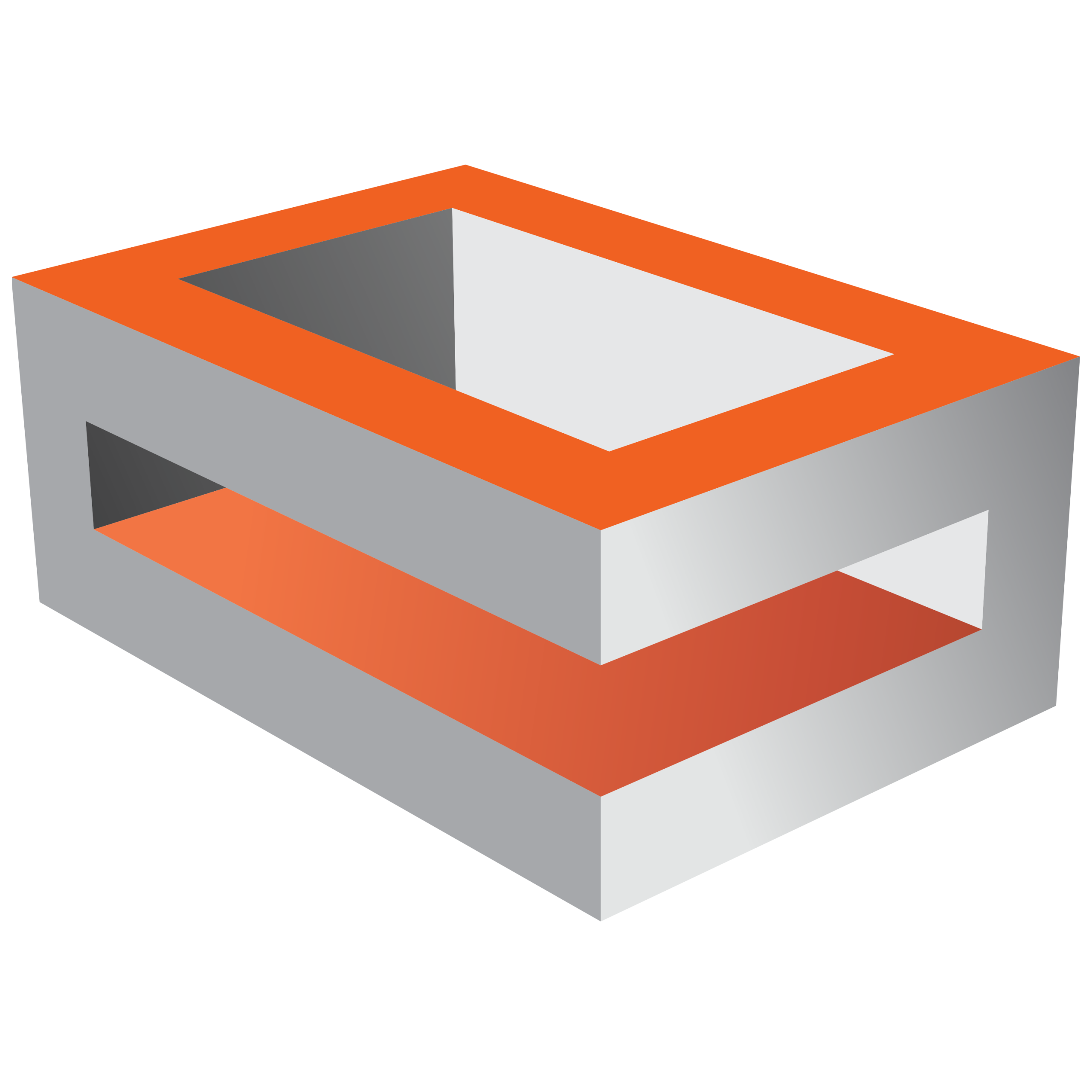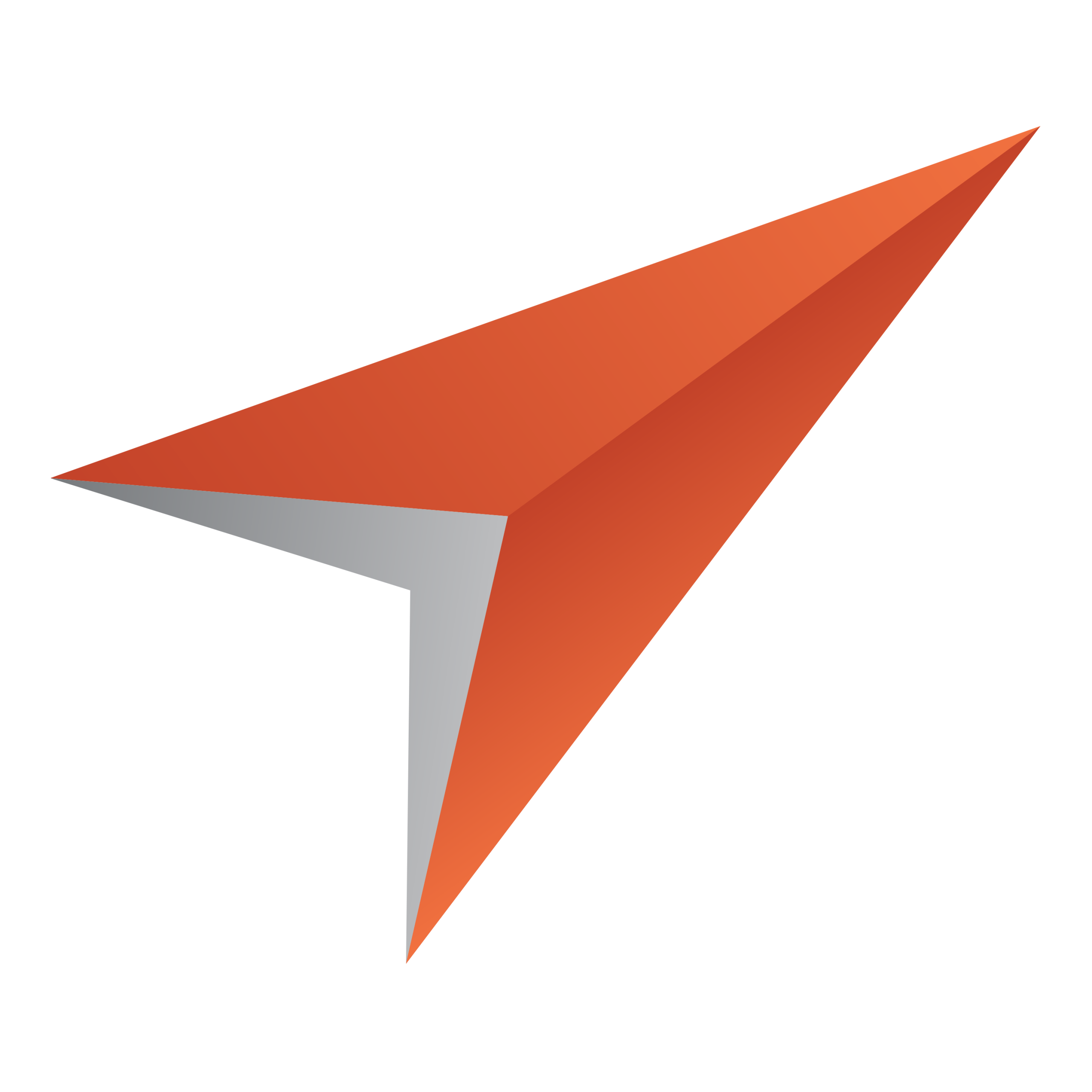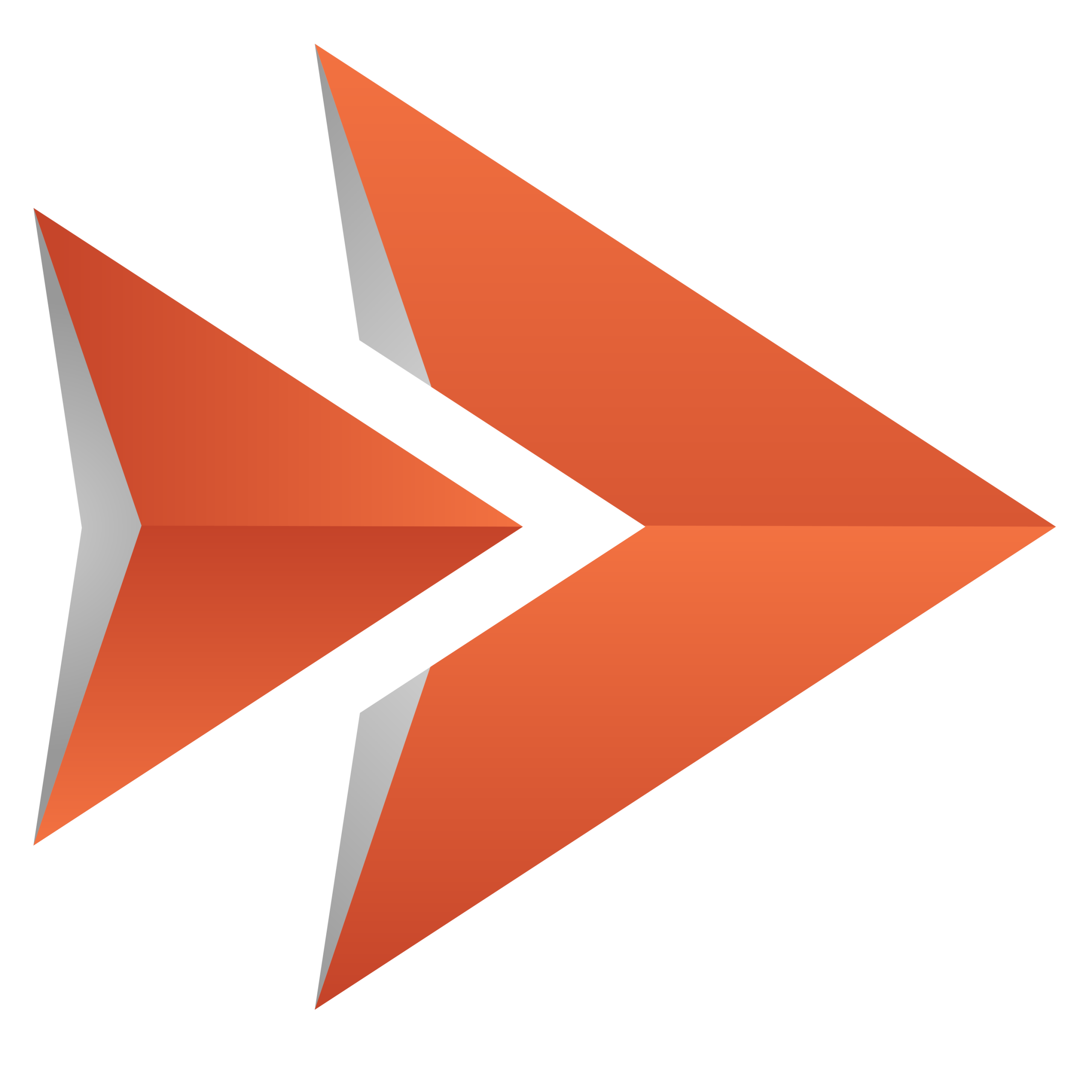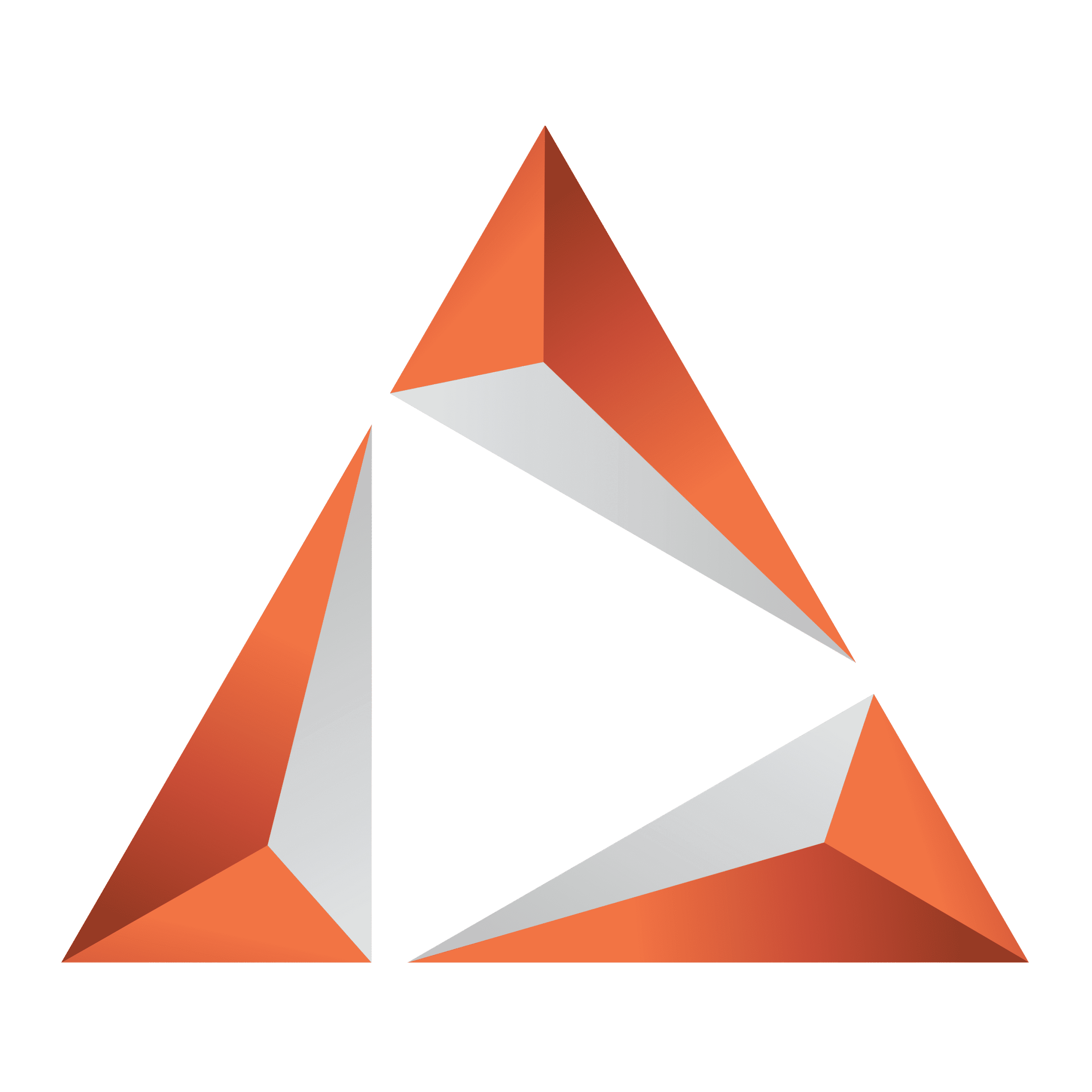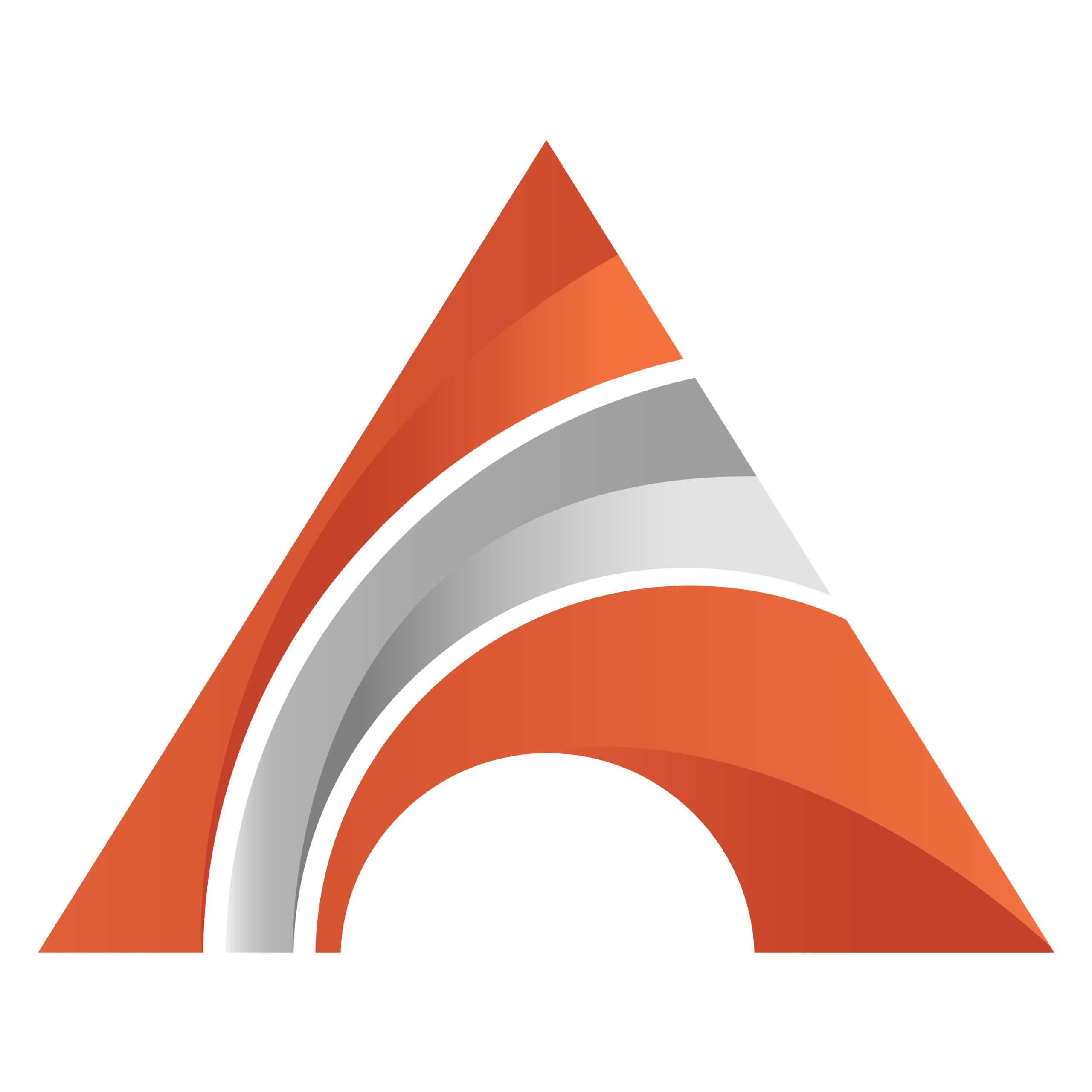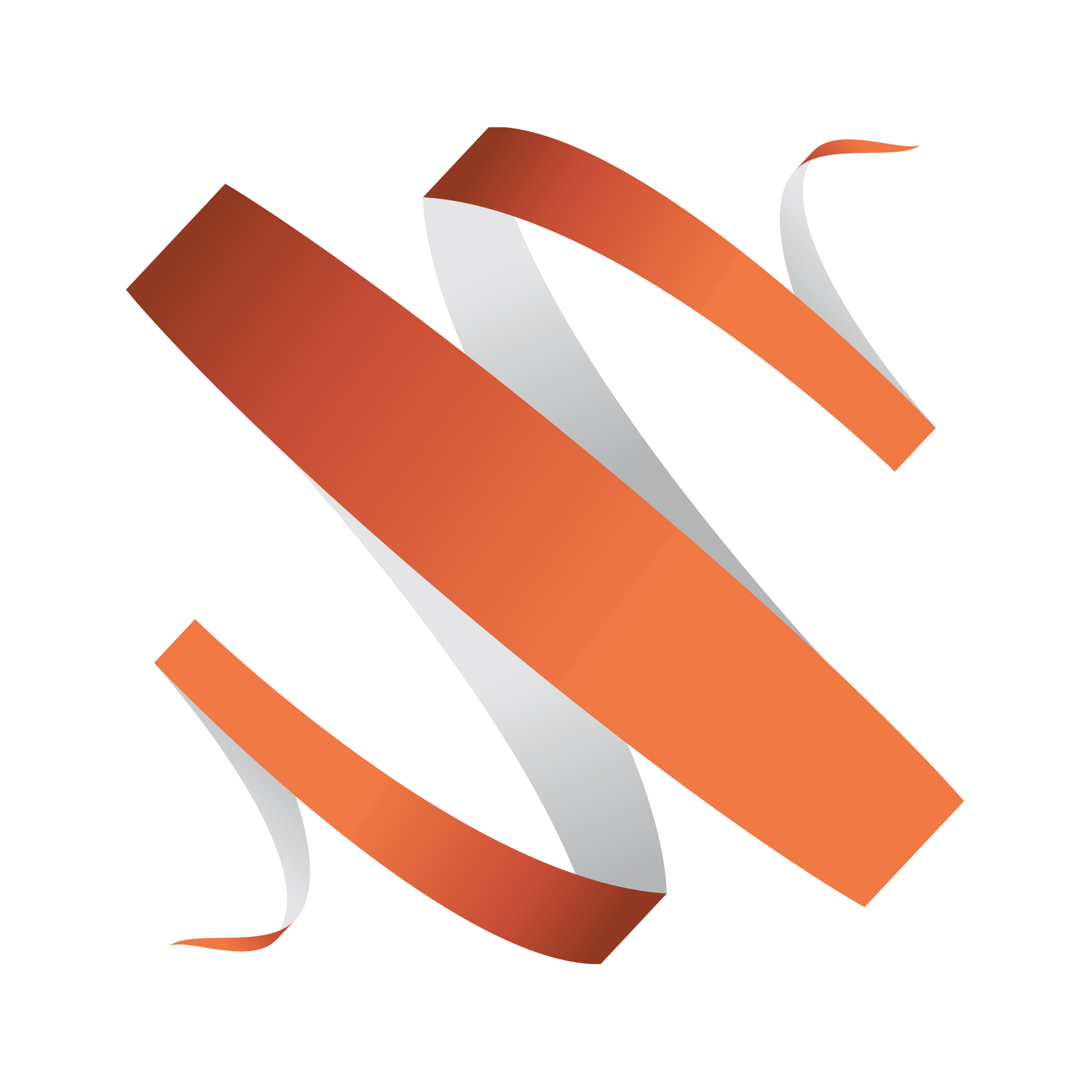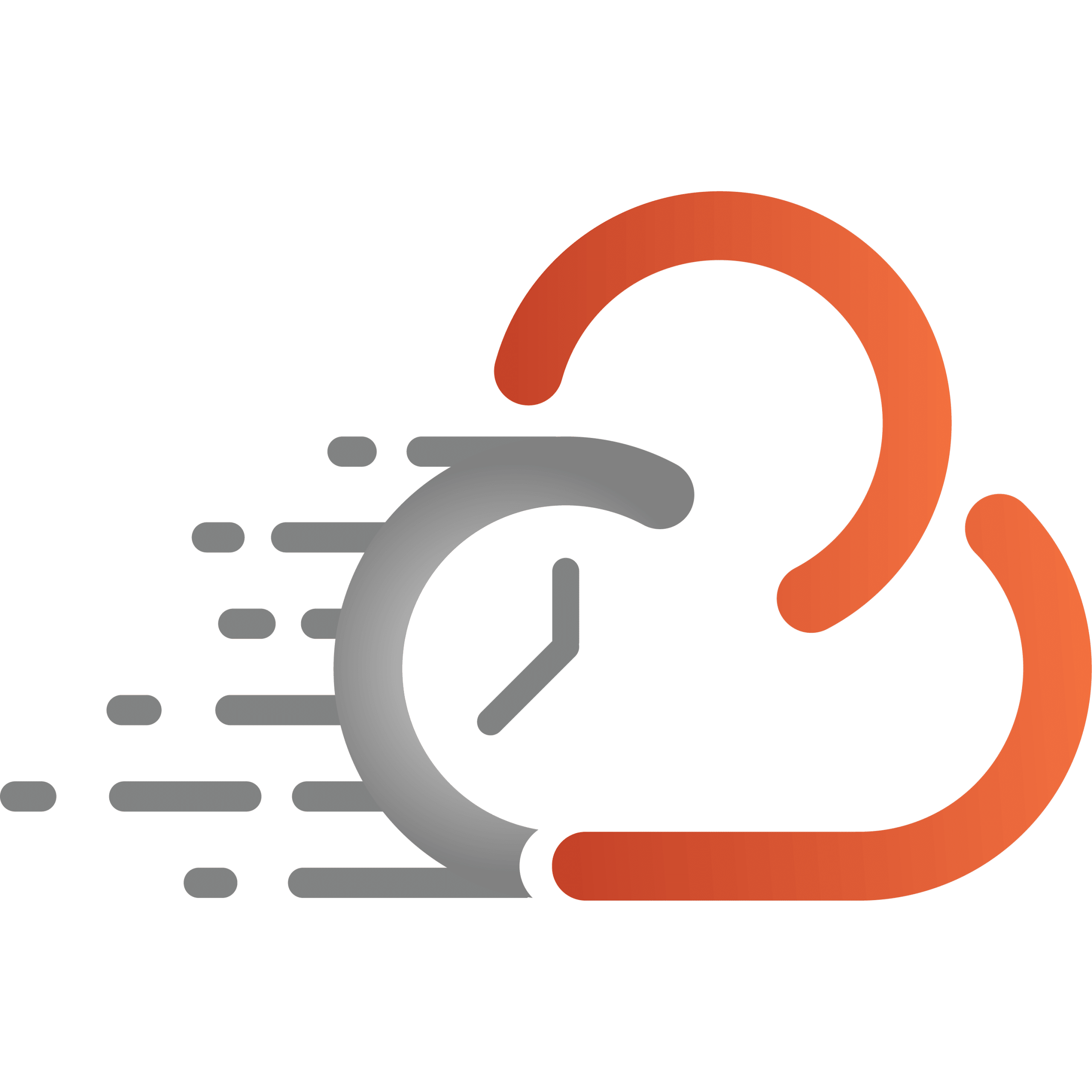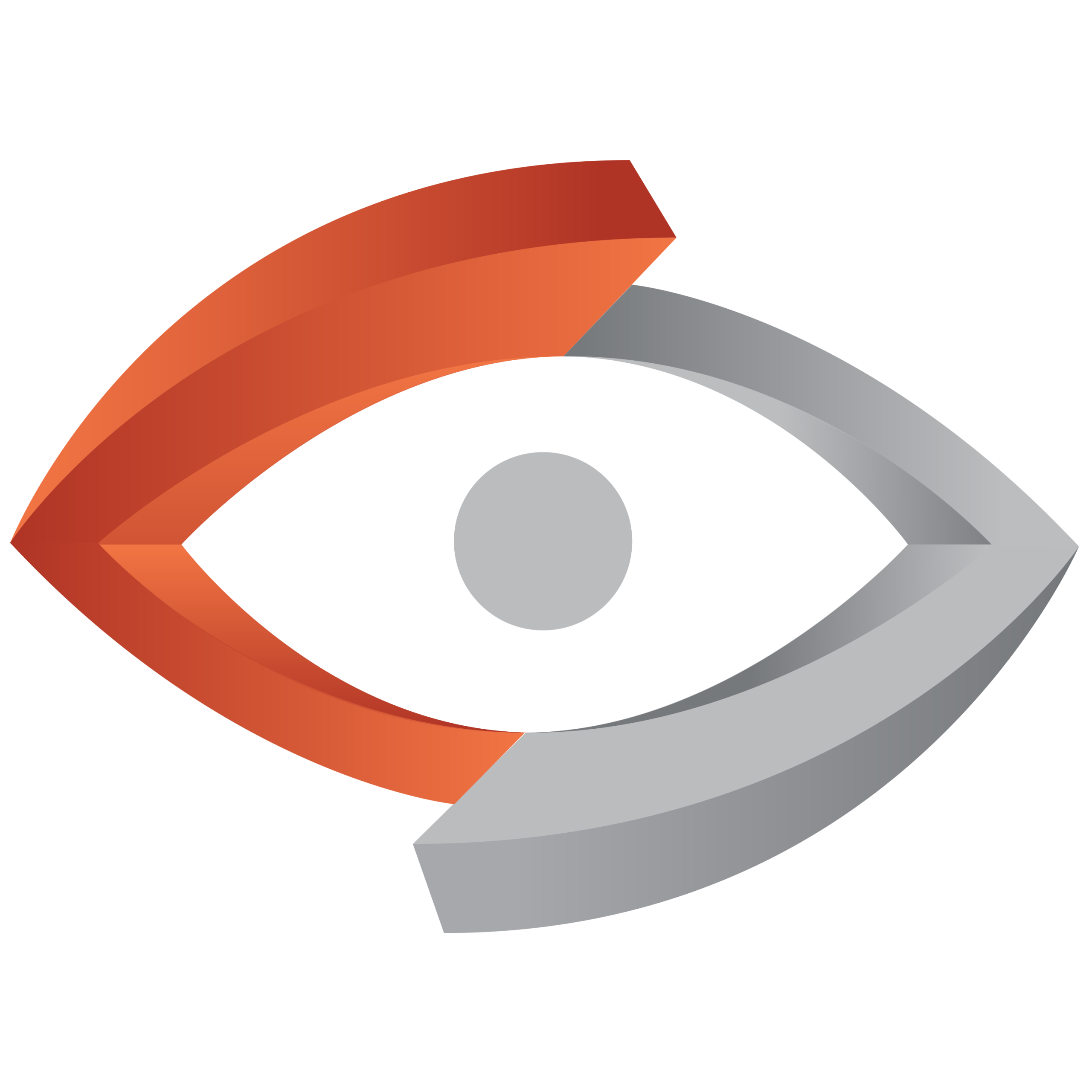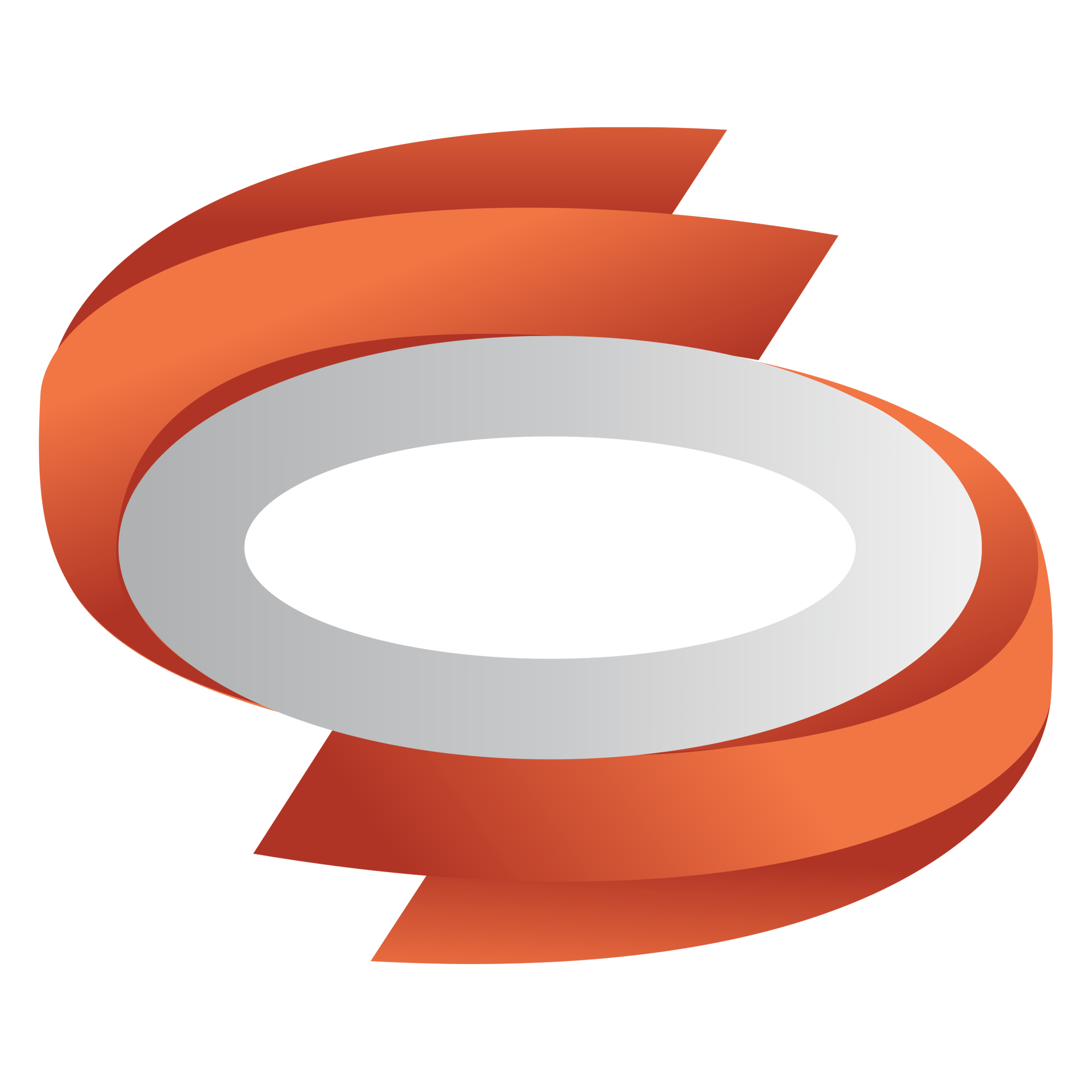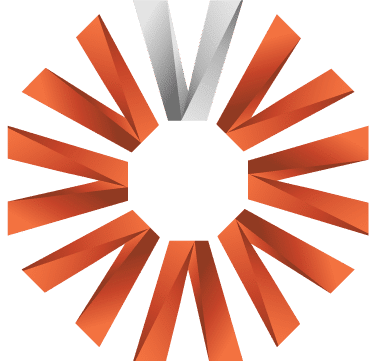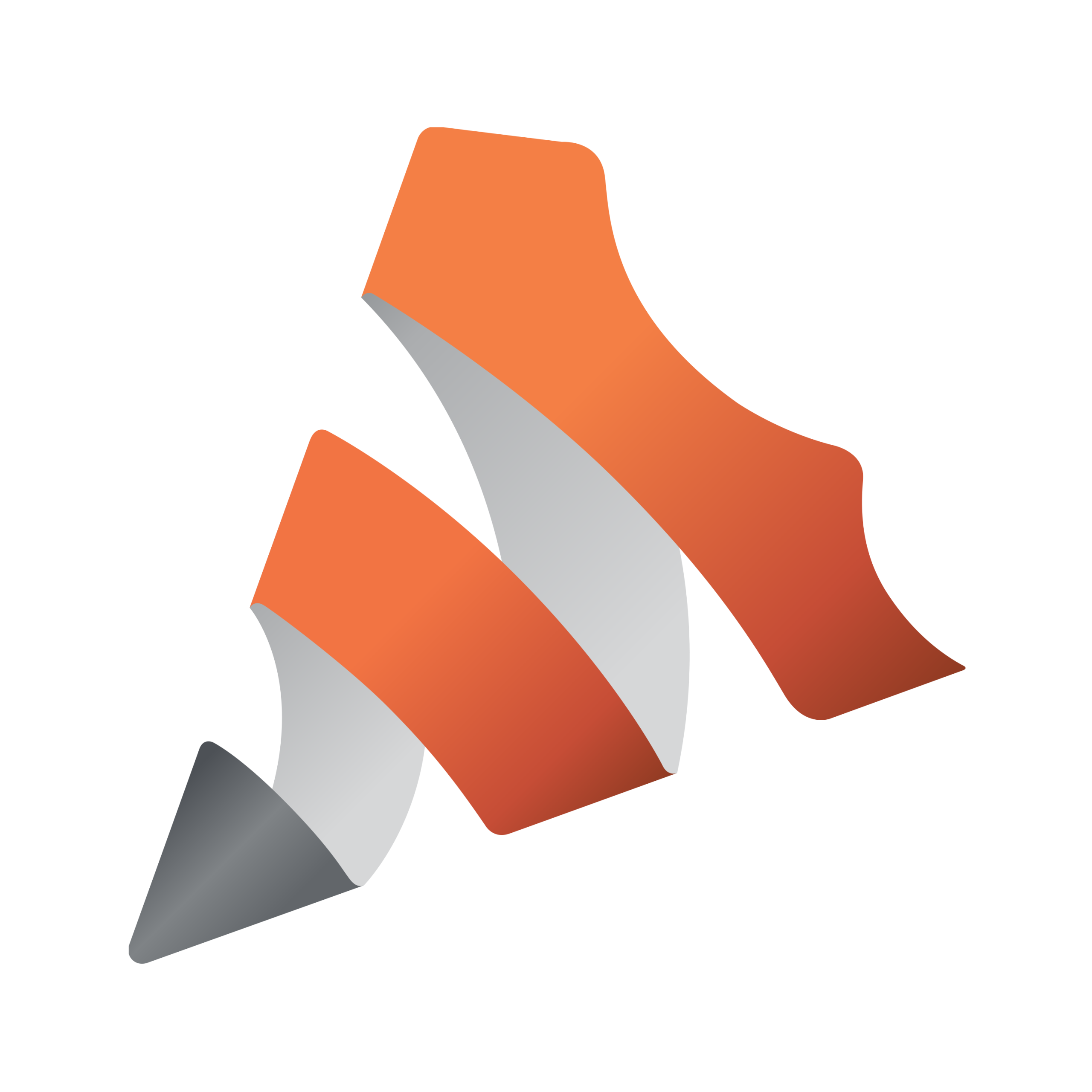
Background
ProSiebenSat.1 “:newstime” is a German television news program broadcasting across the channels SAT.1, ProSieben and Kabel Eins. It delivers concise daily news coverage on current events, politics, culture, and entertainment from one of the most modern news studios in Europe. Featuring state-of-the-art technology, which includes a 22-meter LED wall as well as augmented and virtual reality production capabilities, “:newstime” is prepared to deliver breaking news around the clock.
Challenge
In an ambitious move to revamp how news is produced and enhance its news production capabilities, ProSiebenSat.1 set a goal to build one of Europe’s most modern news studios. Key objectives included the seamless integration of cutting-edge newsroom technologies to enhance automation, streamline workflows, and empower journalists to independently manage both creative and technical aspects of production. This bold move underlined ProSiebenSat.1’s commitment to innovation and high-quality, accessible journalism. The “:newstime” project came from a desire to break away from traditional news production methods. The initiative was to give viewers up-to-date information in an understandable, objective way from a fully automated studio that could produce news at any time with minimal human intervention and where fewer people could achieve more through automation.
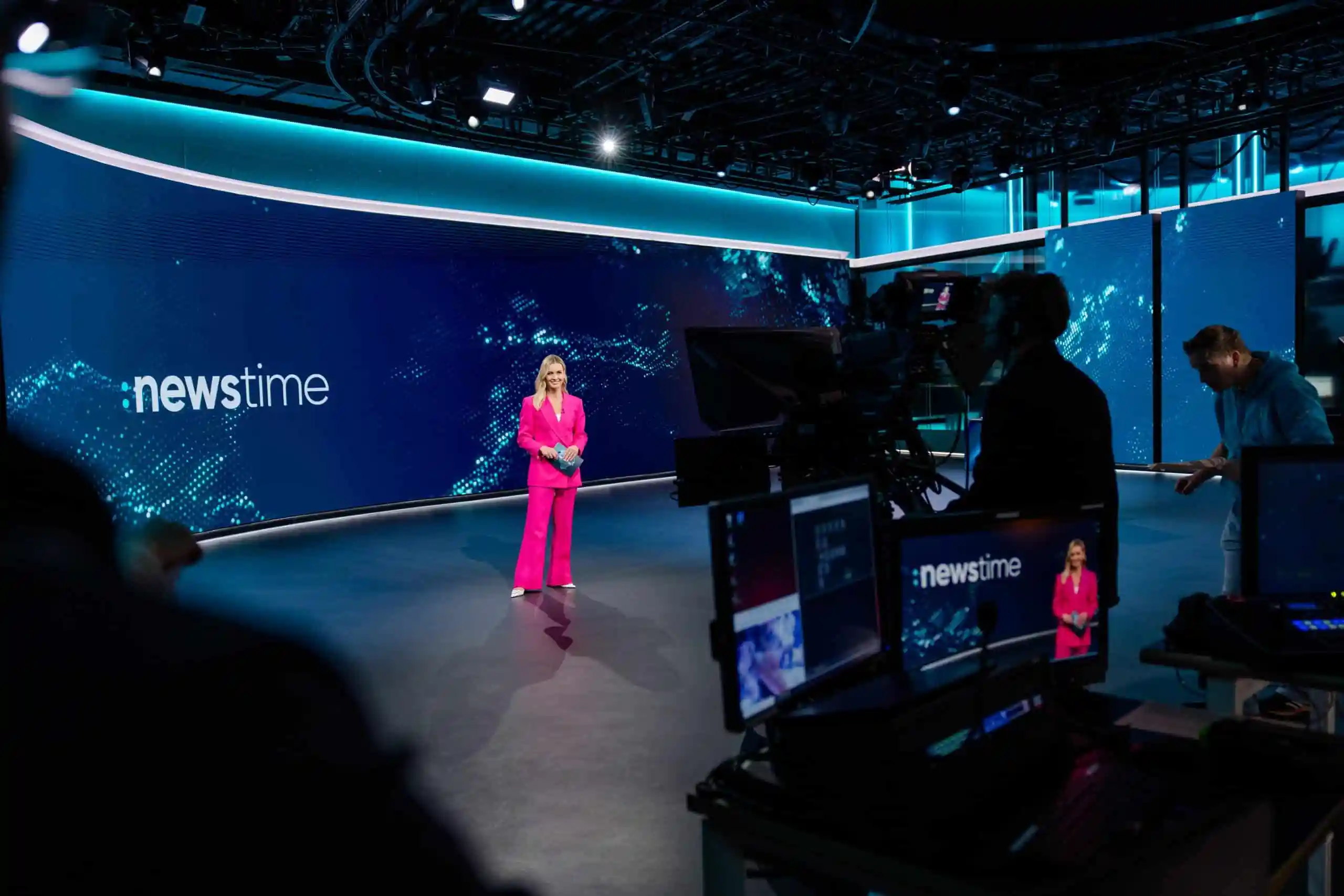
Building everything from scratch made the process more challenging, but as Klaus Geiger, Business Architect at ProSiebenSat.1, explains, “Ideation started in 2021, with the goal to be on air by January 2023. We successfully launched our news format as planned, while the implementation of a brand-new automated studio was scheduled for the second phase in 2024. One of the significant challenges was for journalists to take on technical tasks. This was a steep learning curve for them, but the team developed flexible workflows that could adapt to the dynamic nature of news production. Everyone involved in the project was committed to its success, and in October 2024, we reached a major milestone with our first broadcast from the brand-new fully automated news studio.”
Solution
The “:newstime” project utilized several key components, including Viz Pilot Edge, CGI OpenMedia, and CGI StudioDirector. These components were integrated seamlessly, which made it easy for the technical team and journalists to quickly adapt to the new system.
Implementation steps
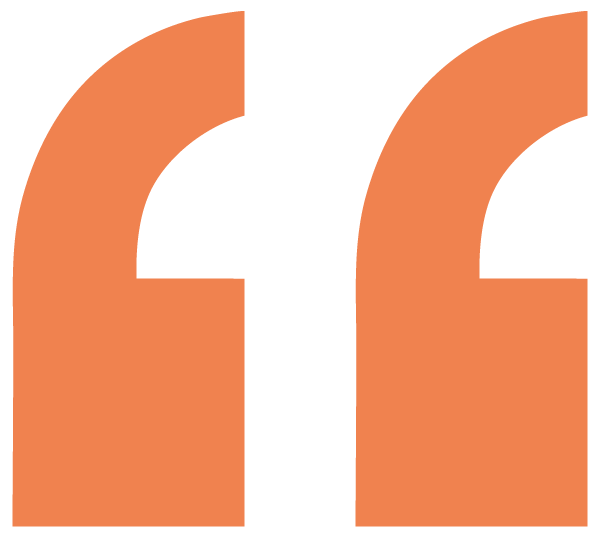
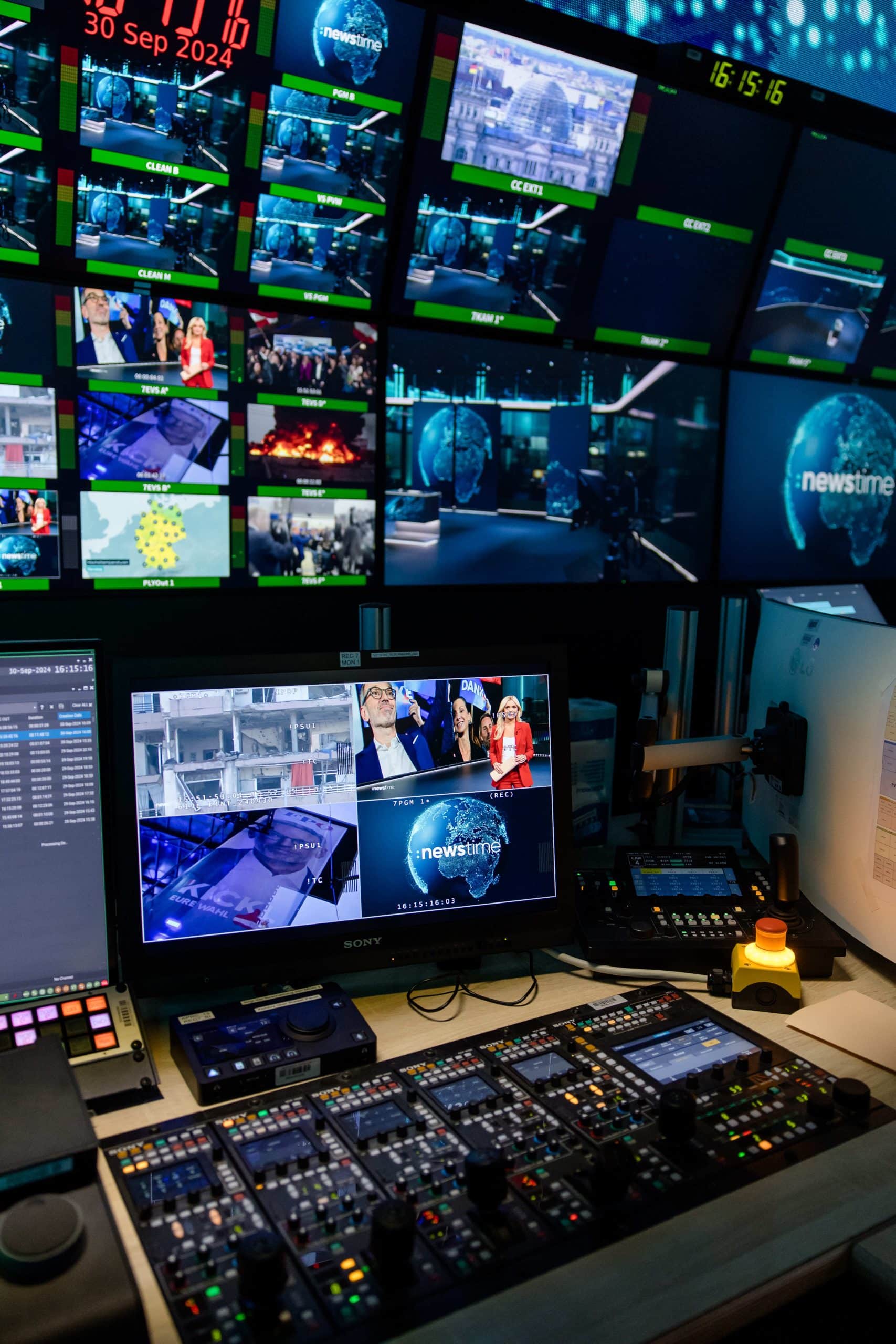
Senior System Engineer at ProsiebenSat.1, Nico Sommer, agrees: “I cannot emphasize how crucial it was to have support on-site and in our native language. Having German-speaking support people at both Vizrt and CGI, who could clearly explain the technical aspects in German instead of English, really helped us resolve issues promptly as we were against the clock. Nothing is perfect and there’s always room for improvement, but it is rare for them not to have an answer to our questions.”
“Both Vizrt and CGI have been long-term technology partners for ProSiebenSat.1, providing essential tools and systems that have become integral to our operations,” says Nico Sommer. “CGI’s newsroom computer system OpenMedia has been used since 2013 and has proven reliable and efficient. We have used Vizrt for virtual solutions and newsroom graphics (Viz Pilot News) for many years.”
He continues: “We evaluated competitive solutions but eventually decided that extending our existing systems, with known technology partners, was the best solution for us, so we continued with CGI OpenMedia, but migrated to Viz Pilot Edge, Vizrt’s HTML-based templated newsroom graphics solution, because of the proven track record of these tools. And we introduced new components, such as CGI StudioDirector and Viz Mosart studio automation system, to realize our goal of fully automated news production.”
CGI StudioDirector allows creative show design without in-depth technical knowledge. It enables journalists to mix and match show layouts, selecting templates and automations on the fly directly in the rundown, as well as ensuring correct alignment of graphics and videos. The integration of Viz Pilot Edge with OpenMedia further streamlined the process, enabling journalists to independently create graphics from lower thirds to full frame and video wall overlays directly from their desktops and insert them into their story slugs in the NRCS.
“Any journalist familiar with Viz Pilot News will know how to use Viz Pilot Edge because the workflow is the same,” says Nico Sommer. “They open the plugin in their NRCS, edit the template, and save and drag the graphics element into their story slug. But because Viz Pilot Edge uses modern technology, such as TypeScript, for scripting instead of the outdated VBScript, there’s so much more you can do with it, especially when creating templates.”
Benefits
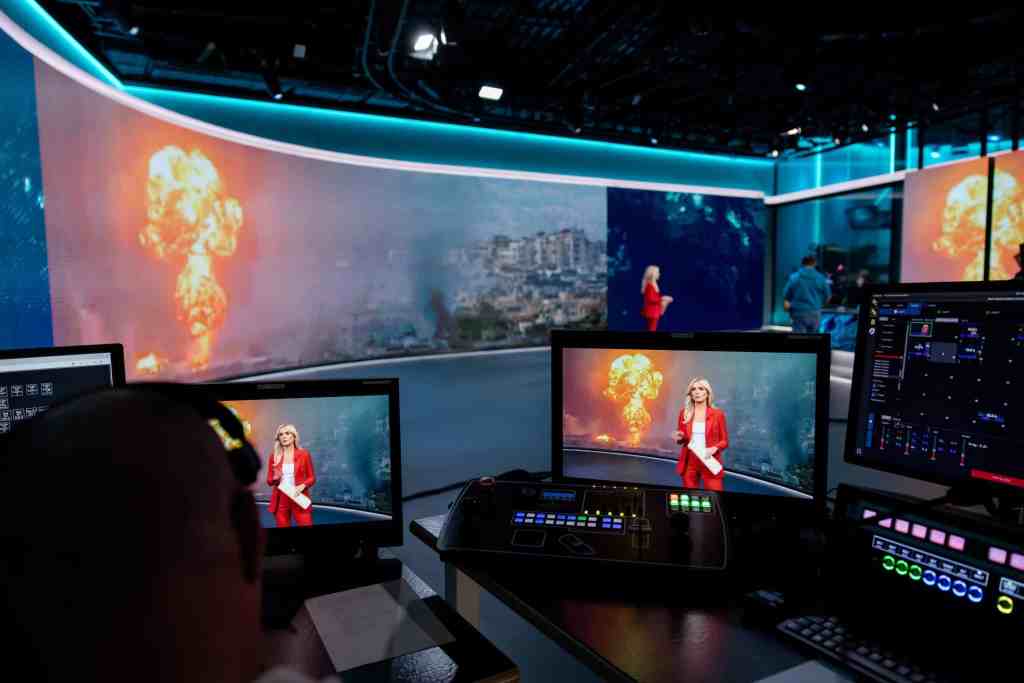
The result of these efforts is one of the largest news studios in Europe, featuring an immersive experience and expansive video wall in a full IP SMPTE 2110 environment. The solution allows journalists to truly own their stories, handling not only news production tasks but also the technical aspects of news playout independently. The project was also a significant rebranding effort. Instead of different shows for separate channels, ProSiebenSat.1 now produces the news for ProSieben, SAT.1, and Kabel Eins. They now have a unified style guide under the “:newstime” banner, providing a consistent look and feel across all broadcasts using templated Viz Pilot Edge graphics. The ability for journalists to single-handedly set up shows based on templates and maintain consistency through automation has greatly improved efficiency.
“Both Vizrt and CGI offer functionality that other companies cannot compete with, especially Vizrt, which we use for playout, gallery production, virtual studio, and now in our brand-new newsroom and PCR for graphics generation and studio automation. CGI, on the other hand, has a great toolset and interfaces that work almost out-of-the-box with different vendors and systems we have in place, which makes it easy to set up and go quickly,” says Nico Sommer.
Conclusion
ProSiebenSat.1’s “:newstime” project is a clear example of how collaboration, innovation, and a commitment to excellence from all the stakeholders can transform news production. By leveraging existing relationships with trusted technology partners and introducing new, state-of-the-art tools, ProSiebenSat.1 has created a modern, well-equipped newsroom built to meet the demands of the ever-evolving media landscape.
Images courtesy of ProSiebenSat.1/Nadine Rupp.
Don’t worry, this section is already hidden =)
Don’t forget to include:
